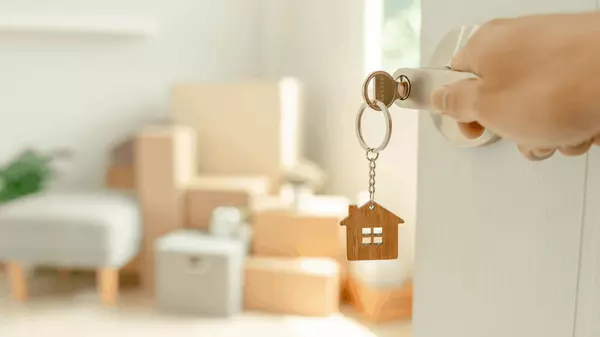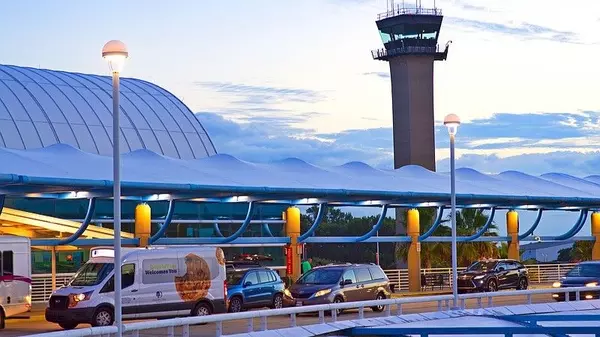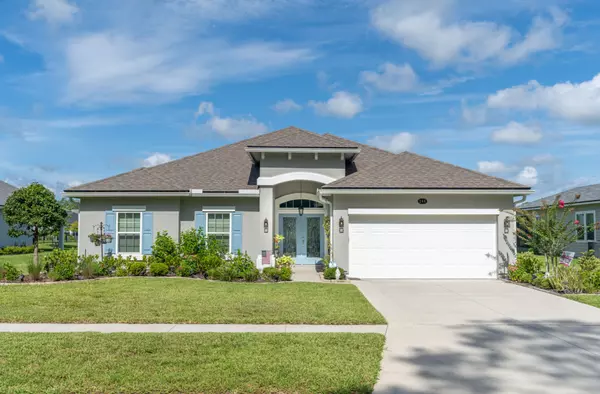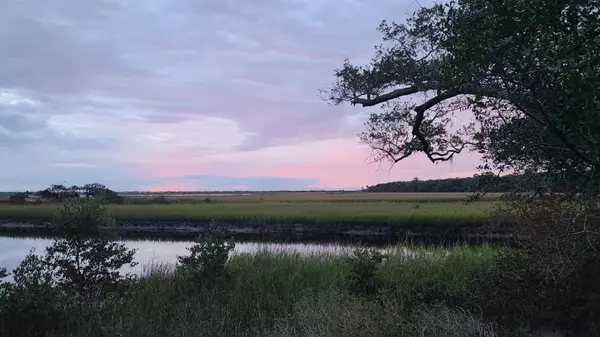Buying a Home May Help Shield You From Inflation in St. Augustine, FL
This blog highlights how owning a home protects you against inflation.

5 Things to Know Before Relocating to St. Augustine
Moving to a new city is exciting, but preparation makes all the difference. If you plan to relocate to St. Augustine, here are five essential things to remember to ensure a smooth transition. 1. A Rich Historical Heritage St. Augustine was founded in 1565 by Spanish explorers, making it the oldest

Home Inspection Preparation: What St. Augustine Sellers Need to Know
Selling your home in St. Augustine? Preparing for a home inspection is a crucial step that can make or break your deal. A little preparation ensures transparency, avoids surprises, and helps you confidently sell your home. 1. Understand What Inspectors Look For A home inspection evaluates your prop

Why January and February Are the Best Time for a Crowd-Free Visit to St. Augustine, FL
January and February are ideal for exploring St. Augustine without the usual tourist crowds. If you’ve been looking for a quiet, enjoyable way to experience Florida’s oldest city, this is your opportunity. These months provide a more relaxed and authentic way to discover all St. Augustine offers. E
Categories
Recent Posts











